Disclosure: This article contains affiliate links. We may earn a commission from purchases at no extra cost to you, which helps our travel content.
I've scaled coastlines from California to New Zealand, but nothing prepared me for the raw, untamed beauty of Sudan's Taka Mountains. Rising dramatically from the eastern plains near the Eritrean border, these granite monoliths have remained largely off the adventure travel radar—which is precisely why they captured my imagination. After three years of documenting EV charging infrastructure across continents, I craved something completely different: a digital detox in a place where the only charging stations are the ones you create within yourself. Kassala, with its bustling markets, rich cultural tapestry, and those magnificent rock formations beckoning in the distance, offered exactly that. This isn't your typical adventure destination, and that's exactly the point. Pack your climbing gear, bring your most adventurous friends, and prepare for a journey that will challenge your body, expand your mind, and fundamentally shift how you think about adventure travel in Africa.
Getting to Kassala: The Road Less Traveled
Let me be upfront: reaching Kassala isn't simple, but the journey itself becomes part of the adventure. After flying into Khartoum, I joined three friends from my climbing club for the 400-mile eastward journey. We hired a reliable 4x4 with a local driver—essential for navigating Sudan's variable road conditions.
The drive takes approximately 8-10 hours, crossing diverse landscapes from the Nile Valley to semi-desert plains. While public buses exist, they're unpredictable and uncomfortable for the long haul. If you're traveling with climbing gear (as we were), arranging private transportation is non-negotiable.
One unexpected highlight was stopping at roadside stalls where we sampled incredible traditional fermented foods—a professional curiosity of mine. The rob (fermented milk) and kisra (fermented bread) became our road trip staples, providing both sustenance and a microbial connection to this ancient land.
I tracked our journey using my trusty GPS device, which proved invaluable not just for navigation but for marking potential climbing routes we spotted from the road. Its satellite messaging capabilities gave us peace of mind in areas with zero cell coverage.
As we approached Kassala in the late afternoon, the Taka Mountains emerged dramatically from the landscape—enormous granite domes and spires catching the golden light. No photo can capture that first glimpse, but it immediately validated every hour of the dusty journey.

💡 Pro Tips
- Arrange transportation at least a week in advance through your accommodation in Khartoum
- Bring twice as much water as you think you'll need for the journey
- Download offline maps as there's minimal cell service between cities
Base Camp: Where to Stay in Kassala
Kassala isn't exactly flush with luxury accommodations, which is part of its charm and why it remains budget-friendly for adventurers. We split our week between two distinct experiences: first at the modest but clean Hipton Hotel in town, then three nights camping at the base of the mountains.
The Hipton (about $30/night for a double) offers basic rooms with surprisingly reliable air conditioning—a blessing after climbing in 85°F winter temperatures. The real value comes from the owner, Mr. Osman, whose connections helped us arrange everything from guides to fresh market food. Pro tip: request a room on the upper floor for mountain views and better ventilation.
For the camping portion, we worked with local guide Ibrahim through Kassala Outdoor Club, a small collective of climbers and hikers who know the Taka Mountains intimately. For about $15/day per person, they provided transportation to remote climbing sites, cooking equipment, and invaluable knowledge about routes and water sources.
Camping beneath these granite giants was the highlight of our trip. The stars were unlike anything I've experienced—even in remote charging stations along the Pacific coast. We slept in my ultralight backpacking tent, which handled the occasional desert winds beautifully while keeping scorpions and other curious desert dwellers at bay.
While camping, Ibrahim's team introduced us to traditional Beja cooking methods, including underground pit cooking that produced the most tender lamb I've ever tasted, accompanied by fermented sorghum porridge that reminded me of my workshops back home—proof that fermentation truly is the universal language of food preservation.
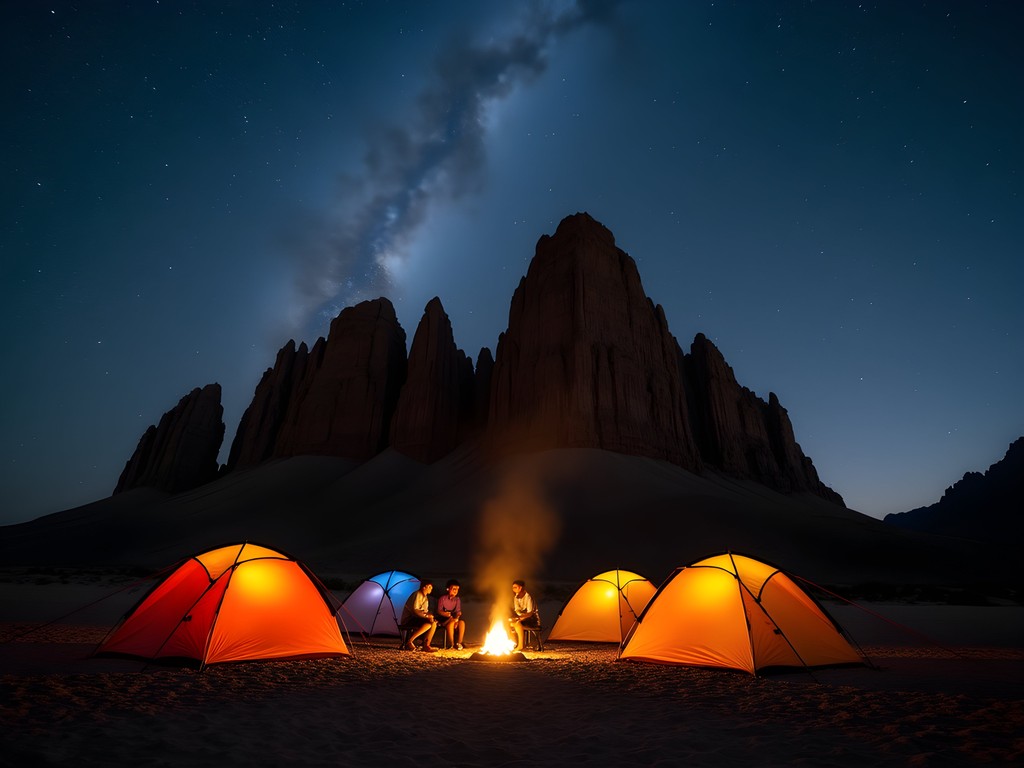
💡 Pro Tips
- Book the Hipton Hotel through WhatsApp rather than unreliable booking sites
- Bring cash (Sudanese pounds) as credit cards aren't widely accepted
- Pack a sleeping bag liner for hotel stays and a full sleeping bag for camping
Rock Climbing: Conquering Untamed Granite
The Taka Mountains offer some of the most underrated climbing in Africa—think Yosemite-quality granite without the crowds or permits. These formations reach heights of up to 2,000 feet, with everything from technical multi-pitch routes to approachable bouldering problems.
Working with Ibrahim and local climber Mahmoud, we focused on three main areas: Jebel Kassala (the most accessible), Jebel Toteil (intermediate, with stunning views), and the remote Jebel Asotriba (challenging, requiring a full day approach). Each area has its own personality and climbing style.
Jebel Kassala offers excellent crack climbing on coarse granite with solid holds. We started with a 5.9 route called 'Beja Way' that follows a natural chimney system up about 400 feet. The rock quality surprised me—minimal loose material and fantastic friction even in warm conditions.
For more experienced climbers, Jebel Toteil presents technical face climbing with sparse protection. My climbing partner Dani led an intense 5.11b route named 'Camel Rider' that required delicate balance and complete trust in tiny crimps. I followed, grateful for my climbing shoes with their precise edging capability—absolutely essential on these technical granite faces.
The climbing here remains largely undocumented, which means two things: you'll need solid traditional climbing skills (bring a double rack of cams up to #3), and you'll experience the rare thrill of potentially establishing new routes. We named our contribution 'Electric Ferment'—a nod to my strange career path from EV stations to food fermentation workshops.
Most importantly, climbing here requires cultural sensitivity. Some formations hold religious significance to local Beja people. Always ask Ibrahim which areas are appropriate for climbing—this respect goes a long way in maintaining positive relationships between foreign climbers and the community.
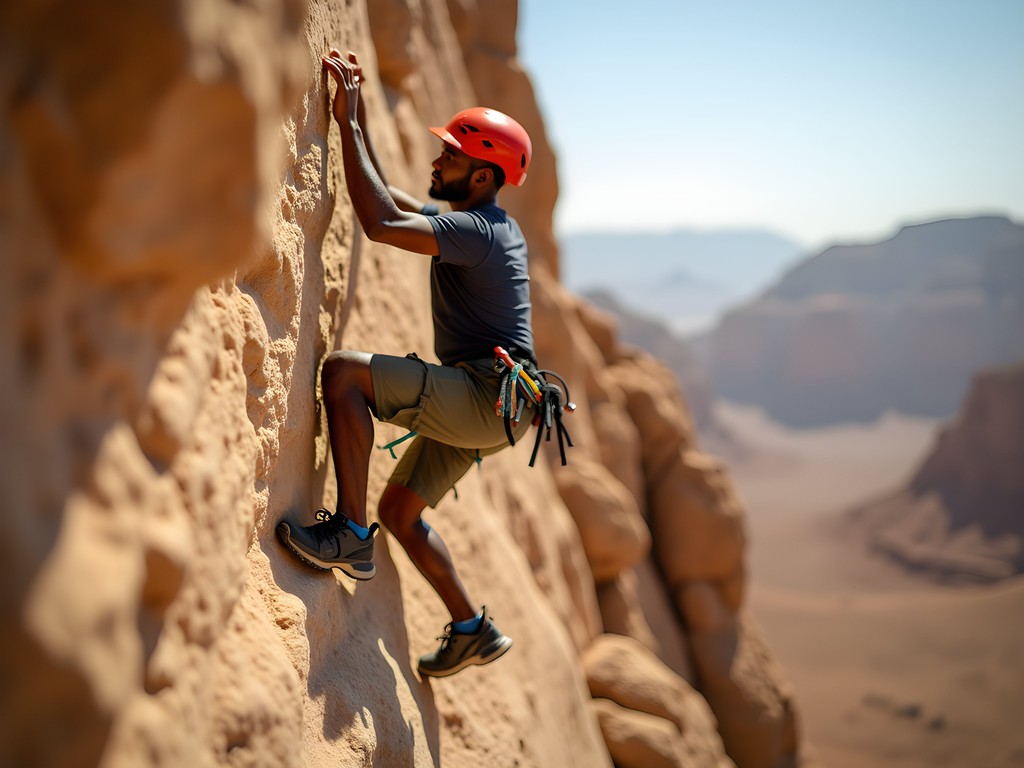
💡 Pro Tips
- Bring comprehensive first aid supplies as medical assistance is hours away
- Start climbing before 7am to avoid the midday heat
- Learn basic Arabic climbing commands to communicate effectively with local guides
Hiking Adventures: Beyond the Vertical
Not every day in the Taka Mountains should be spent clinging to vertical faces. The hiking here offers equally rewarding experiences, particularly in winter (November-February) when temperatures hover around a manageable 75-85°F.
Our favorite trek was the full-day circuit around Jebel Kassala, which begins in dense acacia groves before ascending to a natural rock arch that frames the distant Ethiopian border. The trail isn't marked in any conventional sense—another reason having Ibrahim with us proved invaluable. He navigated using subtle cairns and landscape features invisible to our untrained eyes.
For sunrise enthusiasts (and in the desert, that should be everyone), the two-hour pre-dawn hike to Toteil's eastern ridge rewards you with a spectacle of light across the plains toward Eritrea. I captured this with my compact camera, which handled the challenging light conditions beautifully without weighing down my pack.
The most challenging hike takes you through the 'Valley of Whispers'—a narrow passage between towering rock walls where the wind creates an eerie, almost musical sound. The route requires scrambling over boulder fields and navigating a dry riverbed that transforms into a raging torrent during the brief rainy season.
What makes hiking here special isn't just the landscapes but the encounters. We passed Beja shepherds moving goat herds between sparse grazing areas, using techniques unchanged for centuries. One elderly shepherd invited us to share tea brewed with desert herbs that had a remarkable fermented quality—another reminder of how preservation techniques evolve similarly across cultures.
Water management is critical here. We each carried 3 liters minimum, supplemented by Ibrahim's knowledge of natural springs. I treated all water with purification tablets—even spring water—as medical facilities are limited in Kassala.
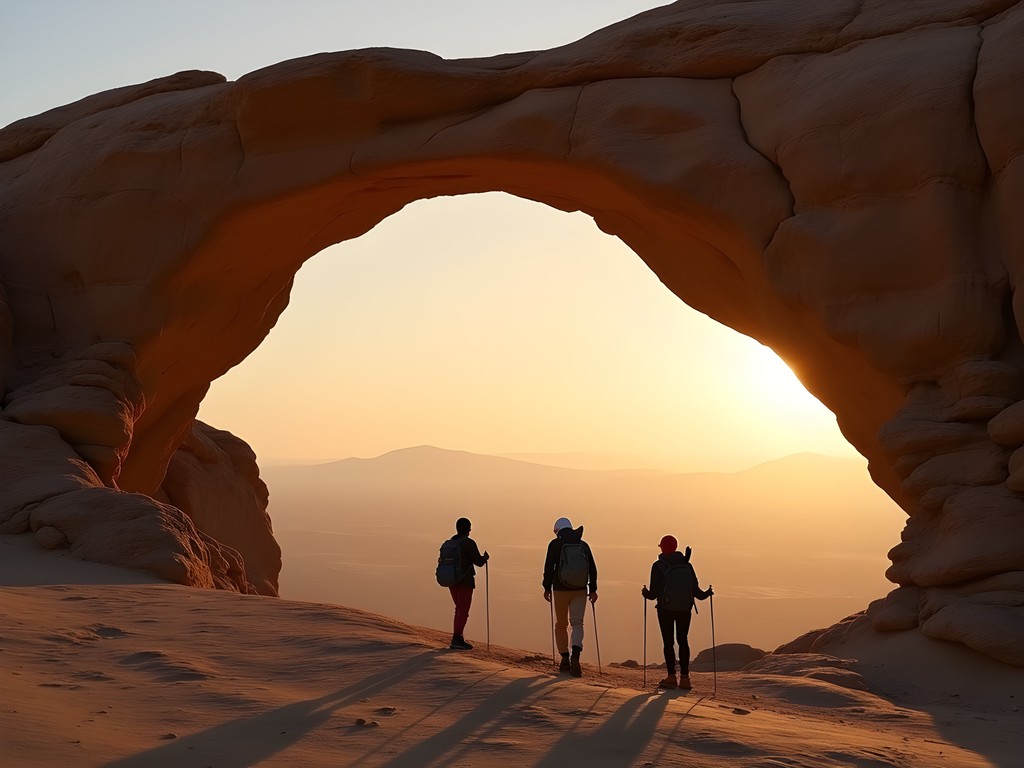
💡 Pro Tips
- Wear long, lightweight pants to protect from thorny acacia and sun exposure
- Start hikes no later than 6am to avoid midday heat
- Bring electrolyte packets to add to water—dehydration happens quickly in the dry climate
Cultural Connections: Kassala's Markets and Communities
Between our mountain adventures, Kassala's vibrant markets and communities offered a different kind of exploration. The central souq is a sensory overload in the best possible way—spice mountains, textile rainbows, and the constant melody of commerce conducted in multiple languages.
As someone obsessed with fermentation, I was drawn to the food sections where women sold homemade kisra (fermented sorghum flatbread) and abreh (a fermented drink made from sorghum and spices). I spent one afternoon learning techniques from a vendor named Fatima, whose family has been fermenting the same starter culture for generations.
Kassala sits at a cultural crossroads where Sudanese, Eritrean and Ethiopian influences blend visibly in the architecture, food, and faces of its people. The Khatmiyya Mosque, with its distinctive Ottoman-influenced design, anchors the old town and welcomes respectful visitors outside prayer times (modest dress essential).
One unexpected highlight was connecting with a small women's cooperative that produces traditional Beja textiles. Their intricate patterns tell stories of mountain landscapes and ancient migration routes. I purchased a handwoven scarf that protected me from both sun and sand during our climbs—practical gear with cultural significance and direct economic support for local artisans.
During our stay, we were fortunate to witness a Beja wedding celebration where traditional sword dances and call-and-response singing continued late into the night. These moments of cultural exchange—far from any tourist infrastructure—represent travel at its most meaningful.
Ibrahim arranged for us to share a meal with his family, where we learned to eat communal-style from large platters using only our right hands (a skill that takes practice!). His mother's fermented goat cheese mixed with chili paste became my new food obsession—I've been unsuccessfully trying to recreate it since returning home.
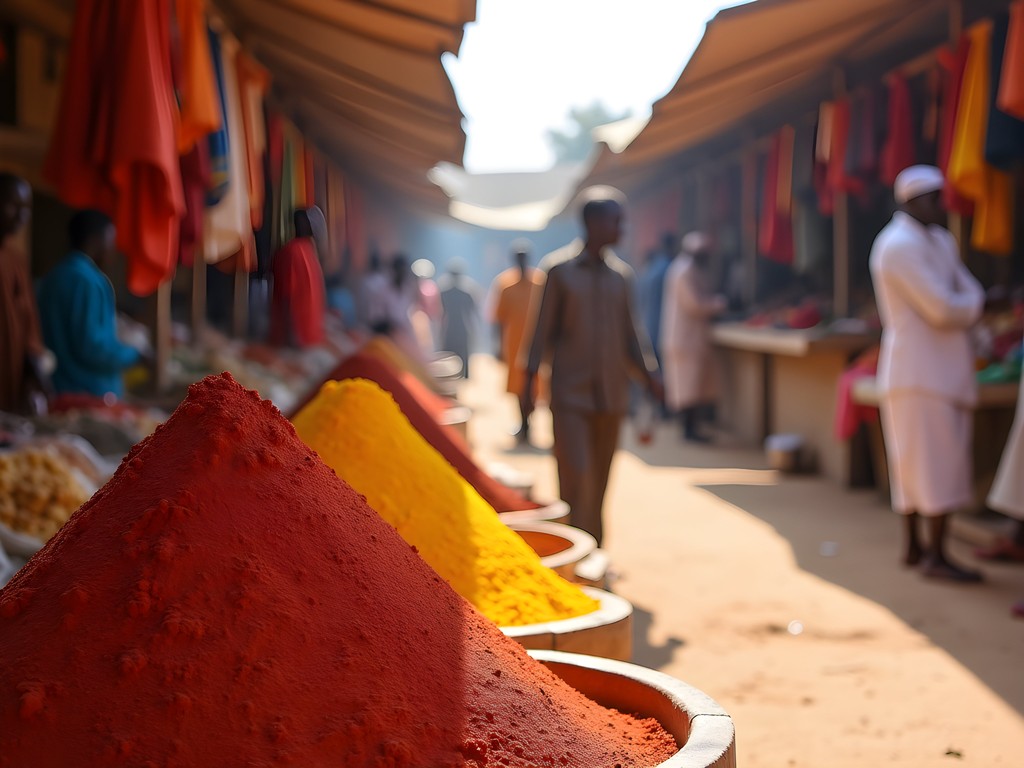
💡 Pro Tips
- Learn basic Arabic greetings—they open doors everywhere in Kassala
- Ask permission before photographing people in the markets
- Bring small denominations of Sudanese pounds for market purchases
Final Thoughts
As our 4x4 pulled away from Kassala, the Taka Mountains receding in the rear-view mirror, I felt that rare traveler's emotion—the simultaneous satisfaction of having truly experienced a place and the longing to return for more. Sudan's political complexities and infrastructure challenges mean the Taka Mountains won't be overrun with adventure tourists anytime soon. That's both a shame for those who will miss its wonders and a blessing for those willing to make the journey. The climbing community here remains small but passionate, the routes largely undocumented, and the cultural experiences profoundly authentic. In a world where so many adventure destinations have been polished smooth by tourism, Kassala's rough edges and raw beauty offer something increasingly rare—a chance to feel like you're genuinely exploring rather than simply following a well-worn path. If you go, tread lightly, climb respectfully, and leave nothing but gratitude behind. The mountains have stood for millennia; our privilege is merely to visit briefly and carry their stories forward.
✨ Key Takeaways
- Sudan's Taka Mountains offer world-class granite climbing without the crowds of more famous destinations
- Working with local guides is essential for both safety and cultural respect in this remote region
- Winter (November-February) provides the ideal balance of manageable temperatures and dry conditions for outdoor adventures
📋 Practical Information
Best Time to Visit
November to February (winter)
Budget Estimate
$500-700 per person for one week (excluding international flights)
Recommended Duration
7-10 days
Difficulty Level
Advanced

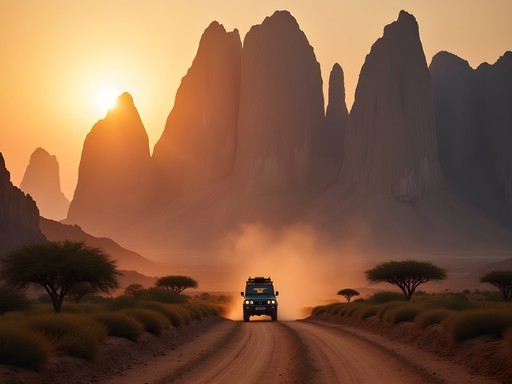
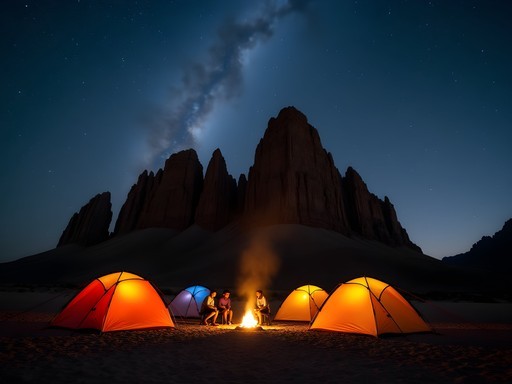
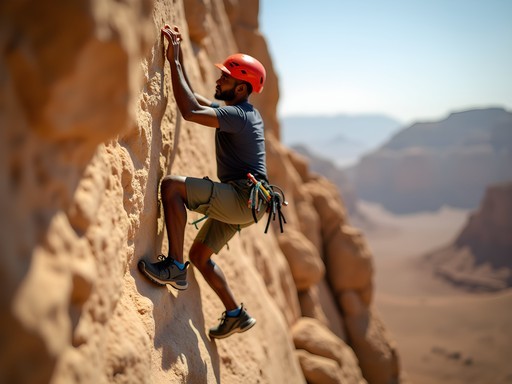
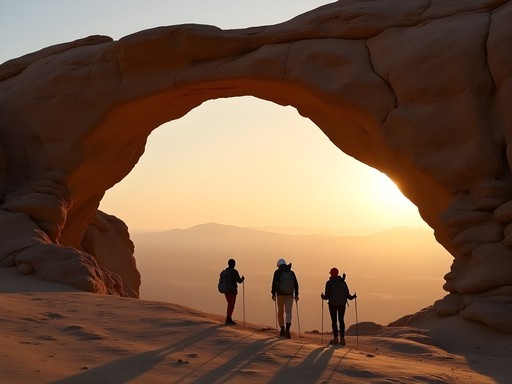
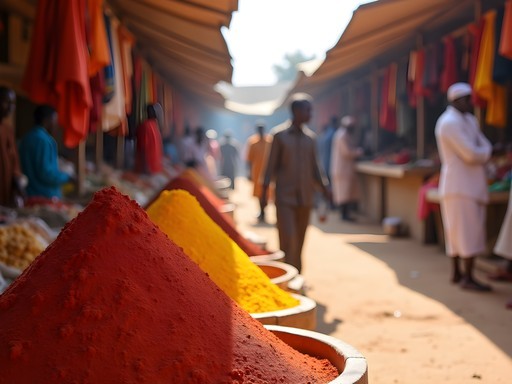








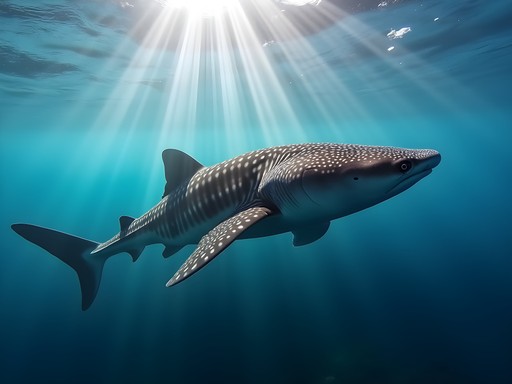
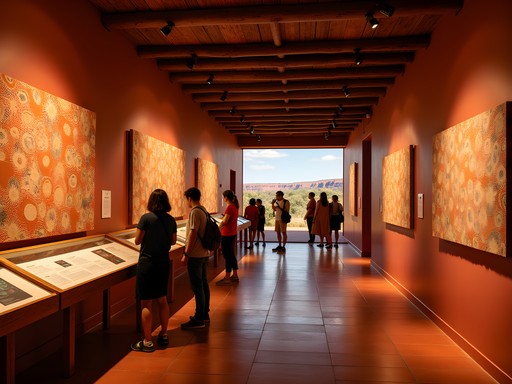
Comments
hikingfan6934
This looks amazing! I'm more of a hiker than a climber though. Are there good trails for someone who doesn't want to do technical climbing? And how hot was it when you went?
Nicole Russell
Absolutely! There are plenty of hiking trails with varying difficulty levels. The path to Jebel Totil offers stunning views without technical climbing. Regarding temperature, I went in December when days were warm (25-30°C) but comfortable, while nights cooled down significantly. I'd avoid summer months (May-September) when temperatures can soar above 40°C.
hikingfan6934
Perfect, thanks! Winter trip it is then!
Taylor Moreau
Nicole, brilliant piece on a truly underappreciated destination. I visited Kassala briefly during a business trip to Sudan last year but didn't have time for proper climbing. The Taka Mountains are indeed spectacular - I've been telling colleagues they're Africa's answer to Yosemite's El Capitan, just without the crowds! I found the local tea houses near the market excellent for connecting with locals who know the mountains intimately. For anyone planning a visit, I'd recommend bringing all climbing gear as options to purchase locally are quite limited. Also worth noting that mobile coverage is spotty at best once you're on the mountains, so a satellite messenger proved invaluable for our team's safety protocols.
Nicole Russell
Thanks Taylor! You're absolutely right about the Yosemite comparison - that's exactly what struck me too. Great point about the tea houses, they were some of my favorite moments between climbs. And yes, bringing all your gear is essential advice.
roamlover
Those granite formations look insane! Definitely adding this to my climbing bucket list.
roamgal
Wow, Nicole! This post gave me serious travel envy! I've never thought about Sudan as a climbing destination before. The way you described those granite faces rising from the plains sounds absolutely magical. Did you feel safe traveling there as a woman? I'm still a bit nervous about visiting countries that aren't on the typical tourist trail, but your adventure makes me want to push my boundaries!
Nicole Russell
Thanks for your kind words! I completely understand your concerns. I felt surprisingly safe in Kassala - the locals were incredibly welcoming and protective of tourists. I did travel with a local guide which I'd highly recommend. The climbing community there is small but growing, and they're eager to show visitors their beautiful mountains.
roamgal
That's so reassuring to hear! Maybe I'll add it to my list for next year. Thanks for the inspiration!
dreamdiver
Just booked my tickets to Sudan after reading this! So excited to experience these mountains. Nicole, any recommendations for what to pack that you didn't mention in the post? I'm a beginner climber but experienced hiker.
Nicole Russell
That's awesome! Definitely bring a good headlamp (we did some pre-dawn hikes), a scarf for dust/sun protection, and download maps offline as service is spotty. The local guides can provide basic climbing gear, but bring your own shoes if you have them. And don't miss the Khatmiya market for amazing local crafts!
dreamdiver
Thank you so much! Can't wait to go!
Gregory Boyd
I climbed the Taka Mountains back in 2023 and it's still one of my most memorable experiences. The local hospitality in Kassala is incredible - I stayed with a family near the foothills who made the most amazing kisra bread. For anyone heading there, make sure to bring plenty of water for the climbs - the granite heats up quickly after 10am and it gets brutally hot. I'd also recommend the tea houses at Totil Mountain base for connecting with local climbers. One thing I wish I'd brought was my climbing harness instead of renting locally - the equipment there is functional but quite worn. Nicole - did you check out the ancient rock art on the eastern faces? Some incredible history there that many climbers miss.
Nicole Russell
Yes! The rock art was incredible - my guide Hassan showed me some hidden panels that apparently date back 4,000 years. And you're right about the heat - we started climbing at 5:30am to beat the worst of it.
dreamdiver
That tea house at Totil Mountain was my favorite spot! The owner tells the best stories about the mountains.
journeylover
Amazing photos! The colors at sunset are unreal.
exploremate
This looks amazing! How did you find guides in Kassala? And was it difficult getting there from Khartoum? I'm planning a trip to East Africa next year and might want to add this as a side trip.
Nicole Russell
Thanks for asking! I found my guide Hassan through the Kassala Climbers Association - they have a small office near the main market. The bus from Khartoum takes about 8 hours, but it's comfortable enough. Just be prepared for early departures - mine left at 5am!
exploremate
That's super helpful, thanks Nicole! Did you feel like 3 days was enough time there?
Nicole Russell
I'd recommend at least 4-5 days if you want to do both climbing and hiking. The mountains deserve time!
nomadqueen
Wow Nicole! Those granite formations look absolutely incredible! Sudan has never been on my radar but now I'm adding it to my bucket list. Those sunrise photos of the mountains are just breathtaking!
exploremate
Same! I never thought of Sudan as a climbing destination. How difficult would you say the routes are compared to other places?
Taylor Moreau
Excellent coverage of a truly off-the-beaten-path destination, Nicole. I had the opportunity to visit Kassala briefly during a consulting project with Sudan's tourism development board last year. For anyone considering this adventure, I'd strongly recommend investing in proper equipment given the remoteness. My climbing harness performed admirably in similar conditions. Also worth noting that mobile coverage is extremely spotty around the mountains, so downloading offline maps is essential. The Kassala Market is also worth a visit - some of the finest silverwork I've seen in Northeast Africa can be found there. Nicole's assessment of the climbing difficulty seems spot-on based on what local guides told me.
wanderlustlegend
Thanks for the equipment tip, Taylor! Did you find it necessary to bring all your own climbing gear or is there anywhere to rent in Khartoum?
Taylor Moreau
Bring everything you need. There's a small outfitter in Khartoum called Nile Adventures that has some basic gear, but selection and quality are limited. Better safe than sorry when you're that remote.
Venture X
Premium card with 2X miles, $300 travel credit, Priority Pass